10 Apr Voles
Voles, also referred to as meadow mice, are small mouse- to rat-sized rodents. They are pudgy, with blunt faces, small eyes, short ears, short legs, and a short tail. Voles reach a length of 5 to 7 inches at maturity.
Their dense fur is...














